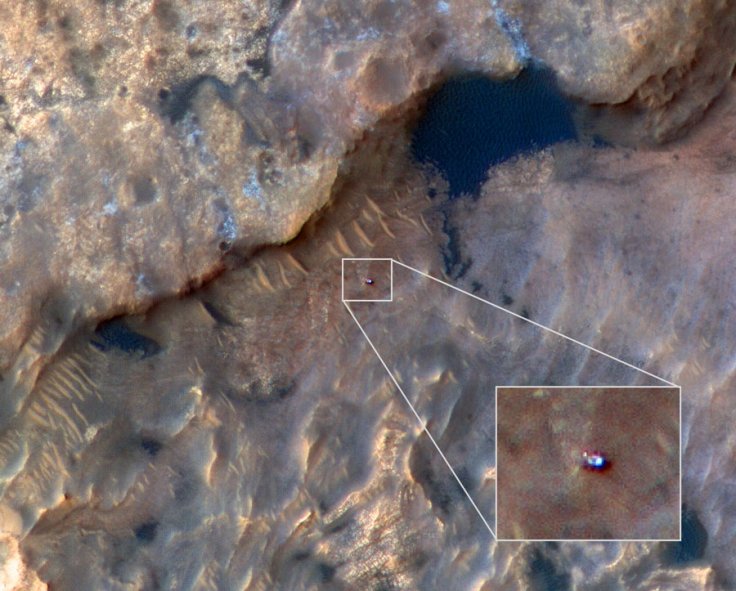Can you go to Mars and Moon and live there if you grow crops on those planets? Those who have seen the film "The Martian' will be familiar with it as NASA scientists were behind the concept in the film too.
Similar to those expectations, researchers at Wageningen University and Research in the Netherlands claim now that it can be done. They have grown crops on Mars and Moon through soil simulants developed by NASA. So the activity not only bolsters the idea that food can be cultivated on those far-off planets in order to feed people who go and settle there, but can also offer viable and nourishing seeds from crops cultivated there.
Hence, Wieger Wamelink and his team at Wageningen University and Research, actually grew ten diverse crops, including garden cress, rocket, tomato, radish, rye, quinoa, spinach, chives, peas and leek.
In their experiment, the scientists simulated the soil properties of the Moon's and Martian regolith as contrasted to the normal or terrestrial soil from the earth as a 'control'. The regoliths are not really available for the scientific plant growth experiments. Hence, NASA put into place regolith simulants. They were amalgamated with organic material in order to simulate the inclusion of residues from preceding harvests.

They found that nine out of the ten crops, except spinach, actually grew well. They put out edible parts that quickly got harvested. The findings have been published in De Gruyter's open access journal, Open Agriculture.The findings indicated that the complete biomass production per tray shot up to the peak for the Earth control and Mars soil simulants.
There were very different from the Moon soil simulant. The scientists observed that the germination on the lunar soil simulant was indicated to be significantly lower in radish than for the Earth control soil.
Even the seeds that were collected from the three species, ie radish, rye and garden cress, were put under tests that led to germination.
"We were thrilled when we saw the first tomatoes ever grown on Mars soil simulant turning red. It meant that the next step towards a sustainable closed agricultural ecosystem had been taken," said Wieger Wamelink.
The ideas that germinate along with the crops include a vision of a future for human settlers in those planets. Scientists visualise that it would be possible to not only emigrate to other satellites at some far-off date, but also make life self-sustaining in them.
The experiments led to the writing of the article, "Crop growth and viability of seeds on Mars and Moon soil simulants," by Wieger Wamelink and his team.









